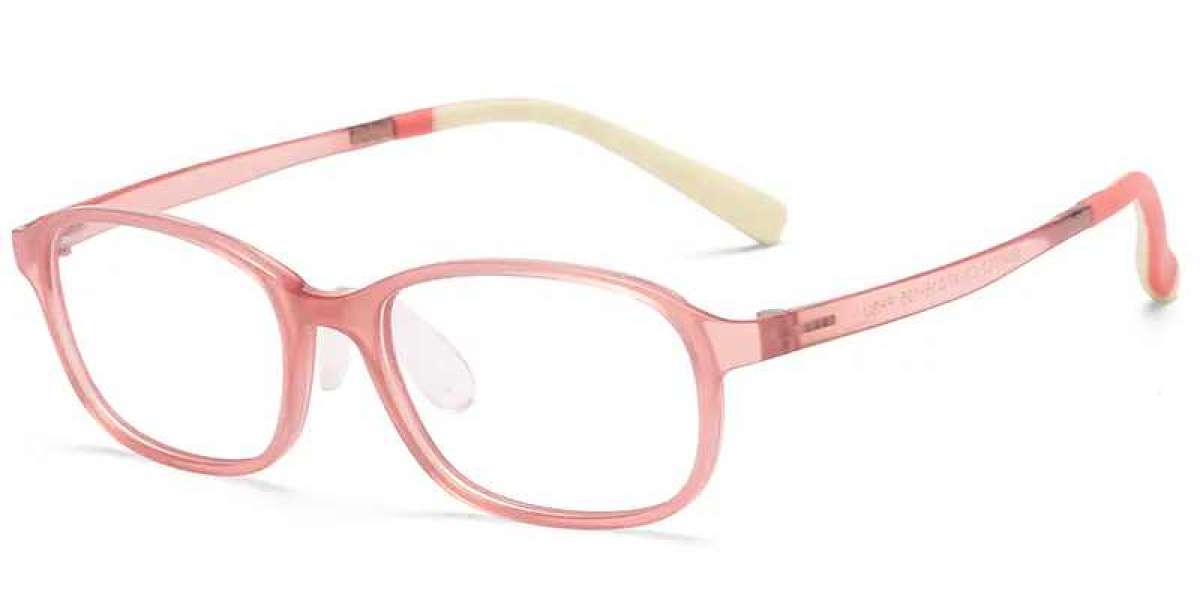Children may need glasses for a variety of reasons, some of which differ from adults. As a child's visual system is in a period of growth and development, especially during the first 5-6 years of life, glasses may play an important role in ensuring that vision develops properly. The main reasons a child may need glasses are:
1. Provides better vision so the child can function better in his/her environment
2. Helps correct eyes when eyes are crossed or misaligned (strabismus)
3. Helps enhance vision in the weak eye (amblyopia or "lazy eye"). This can happen when there is a difference in the prescription of the two eyes (anisometropia). For example, one eye may be normal, while the other eye may require glasses badly due to nearsightedness, farsightedness, or astigmatism.
4. Provides protection for one eye if the other eye has poor vision
Most toddlers who do need glasses will have no problem (and happily) putting them on because they realize they improve their vision. Initially, some children may show some resistance to wearing glasses, but it is necessary for parents to show a positive attitude. If the child is not cooperating, the doctor may prescribe eye drops to try to help the child adjust to the glasses.
A toddler may only wear glasses when he is in a good mood and refuse to wear them when he is in a bad mood. School-aged children and their parents can give advice on the need for glasses. Some children may have a slight refractive error that does not require glasses, while others may worry about difficulties in class. Most children with dyslexia do not need glasses, but this can be determined during a comprehensive eye exam.
It is important that your child is fitted with the correct frame by an optician experienced in pediatric eyeglasses. The frame should be very comfortable with the eyes in the middle of the lenses. The frame should look right for what the child is now, not what the child will grow into a year from now. Lenses made of a material called polycarbonate will provide your child with the best protection because this lens material is shatterproof. Many children's eyeglass frames have soft, comfortable wires that fit over the ears.
Adding straps or silicone temple covers (also known as ear clips) are simple additions that can help keep the glasses in the correct position on your child's face. With the correct prescription, most children can wear glasses and should get used to them within two weeks. Ask your doctor if your child continues to complain "I can't see through my glasses" or keeps checking the glasses.







